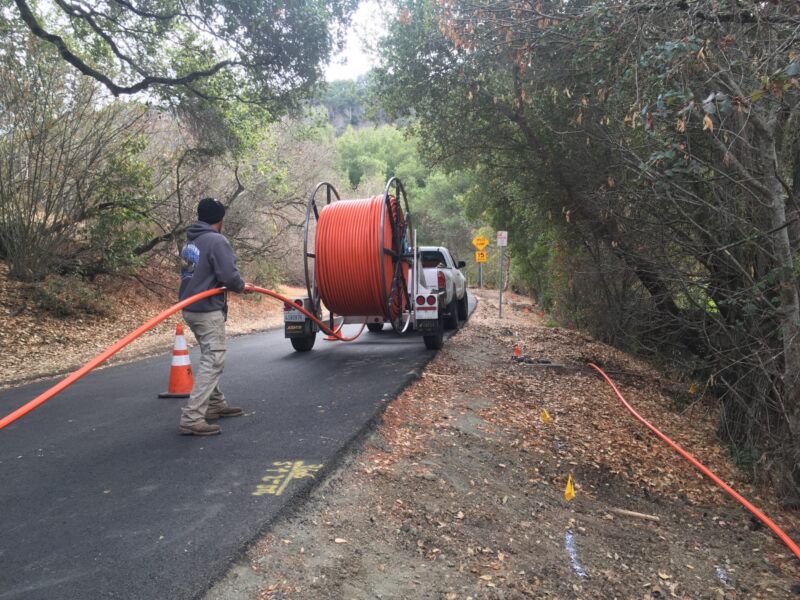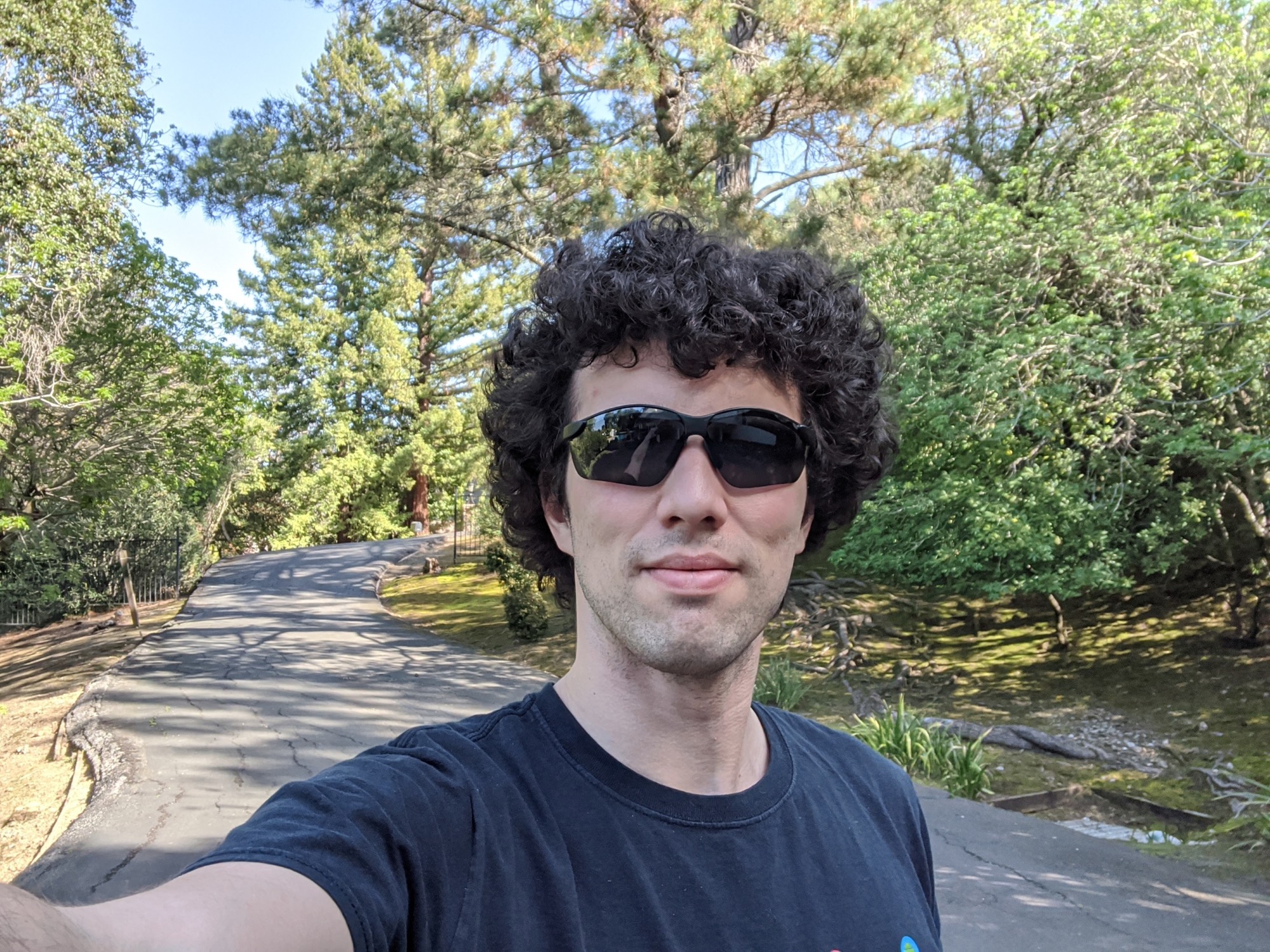
reader comments
223 with 136 posters participating, including story author
Sasha Zbrozek lives in Los Altos Hills, California, which he describes as “a wealthy Silicon Valley town,” in a house about five miles from Google’s headquarters. But after moving in December 2019, Zbrozek says he learned that Comcast never wired his house—despite previously telling him it could offer Internet service at the address.
Today, Zbrozek is on the board of a co-op ISP called Los Altos Hills Community Fiber (LAHCF), which provides multi-gigabit fiber Internet to dozens of homes and has a plan to serve hundreds more. Town residents were able to form the ISP with the help of Next Level Networks, which isn’t a traditional consumer broadband provider but a company that builds and manages networks for local groups.
Zbrozek’s experience with Comcast led to him getting involved with LAHCF and organizing an expansion that brought 10Gbps symmetrical fiber to his house and others on nearby roads. Zbrozek described his experience to Ars in a phone interview and in emails.
“Before I bought my home, I checked with Comcast—by phone—to see if service was available at the address. They said yes. After moving in, I called to buy service. The technician came out and left a note saying that service was not available,” he told us.
Want Comcast? That’ll be $210,000
There are five parcels that neighbor Zbrozek’s property, and three of them have Comcast service, he said. Comcast’s online availability checker indicated—correctly, as it turned out—that the house he was buying didn’t have service. But it was clear that Comcast was serving the neighborhood, so he called the cable company to find out if he could get Internet access.
Zbrozek recalled a Comcast agent telling him the previous residents of the house he was buying never signed up for service and that “we might need to add a drop from the pole to your house, but, you know, otherwise it’s no big deal.”
requires underground installation in most cases.

Zbrozek also proposed connecting to Comcast by running a line to a neighbor’s property that had Comcast service. “The closest point between my property and a (now former) neighbor with Comcast who would’ve let me do some private trenching is about 40 feet,” Zbrozek told Ars. However, Comcast doesn’t allow that type of property-to-property connection.
“The spirit of the franchise agreement [between Comcast and Los Altos Hills] is that I’m supposed to be able to get service because I’m on a public road, but in practice that just wasn’t the case,” he said. Before getting fiber service, Zbrozek and his wife, Stella, made do by “tethering to a cell phone. I just got an unlimited plan and plugged my cell phone into a home router and called it a day,” he said.






